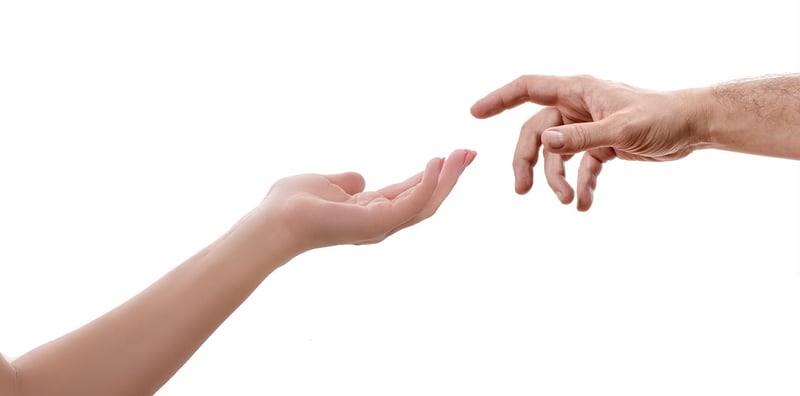Pranayama Practices
Harness the Power of Breath for Relaxation + Pranayama Practices
The Art of Pranayama
Pranayama, the ancient yogic practice of breath control, offers numerous benefits for the mind, body, and spirit. By harnessing the power of breath, one can achieve deep relaxation, improved focus, and a sense of inner peace.
Benefits of Pranayama
- Stress Reduction
- Enhanced Mental Clarity
- Improved Lung Function
- Increased Energy Levels
- Emotional Balance
Simple Pranayama Techniques
Here are a few simple pranayama techniques that you can incorporate into your daily routine:
1. Deep Belly Breathing
Place one hand on your chest and the other on your belly. Inhale deeply through your nose, allowing your belly to rise as you fill your lungs with air. Exhale slowly through your mouth, feeling your belly fall. Repeat for several breaths.
2. Alternate Nostril Breathing (Nadi Shodhana)
Use your right thumb to close your right nostril and inhale through your left nostril. Then, close your left nostril with your right ring finger and exhale through your right nostril. Inhale through the right nostril, close it, and exhale through the left nostril. Repeat this cycle for several rounds.
Guided Pranayama Sessions
If you're new to pranayama or prefer guided sessions, there are many resources available online, including apps and videos, that can lead you through various breathing exercises.
Explore and Practice
Take time each day to explore the wonders of pranayama and incorporate these simple techniques into your routine. The power of breath is always with you, offering a pathway to relaxation and inner harmony.

Find peace and tranquility through the art of pranayama and discover the transformative effects of conscious breathing on your well-being.
Begin your journey to relaxation and mindfulness today with the power of your breath.
Remember, the key to unlocking the benefits of pranayama lies in regular practice and a mindful approach to breathing.
